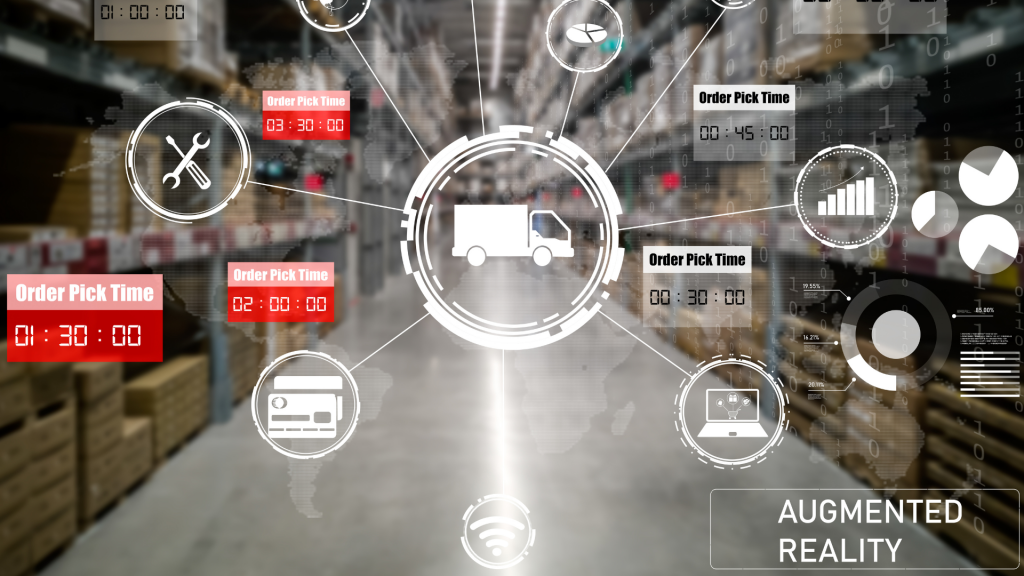Augmented reality (AR) is reshaping the warehousing and logistics industry. Businesses that adopt this technology are unlocking its transformational potential to provide real-time visibility and better decision-making. AR uses virtual data to visualize an environment or a process, overlaying it with real-world data. The AR layer provides the end-user with enhanced visibility and enables decisions to be made faster.
As the logistics industry becomes increasingly data-driven, AR technology is being applied to emerging applications for warehouse management, Fleet Management, and route planning. At Amazon, for example, AR is being used to connect drivers with warehouses in real-time, so they can plan ahead and efficiently manage their workspace. With AR, fleet managers can see real-time information about their vehicles. That information can include, for example, vehicle location, speed, fuel consumption, mileage, as well as driver behavior.
That being the case, here are the ways how to use augmented reality (AR) in logistics:
Completeness checks
When it comes to supply chain management, AR isn’t just about being able to provide your customers with faster deliveries, better visibility, and more accurate data. AR also provides you with capabilities that go far beyond logistics. The integration of AR into your supply chain can provide you with holistic solutions for your most important functions, including purchasing, replenishment, inventory control, and distribution.
Cargo loading
The AR-based system is helping to alleviate the industry’s issues by saving time and increasing productivity. In order to increase transportation efficiency and decrease the cost of loading trucks, AR-based solutions help by saving time and resources. Cargo loading is one of the use of Augmented Reality (AR) in logistics. AR is becoming more and more popular in the logistics industry. The technology makes it possible to visualize the cargo being transported easily. AR is used to improve the process of loading cargo onto ships, trucks, and planes. It also allows for visualization of the cargo location, the load capacity, and the available space.
Easing traffic jam
Traffic jams can be bad, especially for drivers, but traffic jams can be a nightmare for a business. The traffic can cause delays in deliveries, delays to clients, and even lost revenue if a business has to rush to get the products out the door on time. There is currently a solution to this problem, and it’s called Augmented Reality (AR). By utilizing AR in logistics, businesses can send drivers on the road with real-time directions that keep them on time and route. With AR, drivers will be able to use their phones to look at a list of instructions. With AR, drivers will not have to rely on their memory or a map.
Assembly and repair
The augmented reality (AR) system, which can be assembled using a variety of technologies, is improving the overall efficiency of the assembly and repair process. AR can enhance the user experience and accuracy, as well as overall productivity. Currently, there are more than 100 million AR-enabled devices in use, but many are struggling to find applications for the technology.
Customer services
Customers today expect to get the products they want when they want them. Logistics companies need to do more to delight customers with quick and accurate deliveries. AR services can be leveraged to enable customers to speak with customer service reps, troubleshoot products, and provide feedback.
Augmented Reality (AR) is the latest tech buzzword. And for a good reason. It’s an innovative way to use the real-world environment to create virtual experiences. AR is adopted and used by middle- and smaller-sized businesses; the benefits can be even more substantial. And the benefits don’t stop just at the warehouse.

